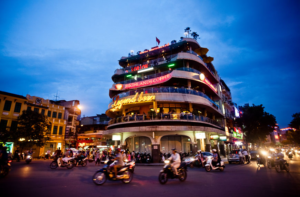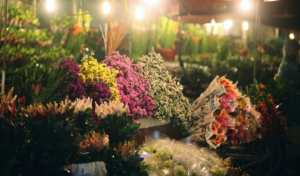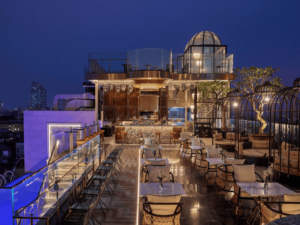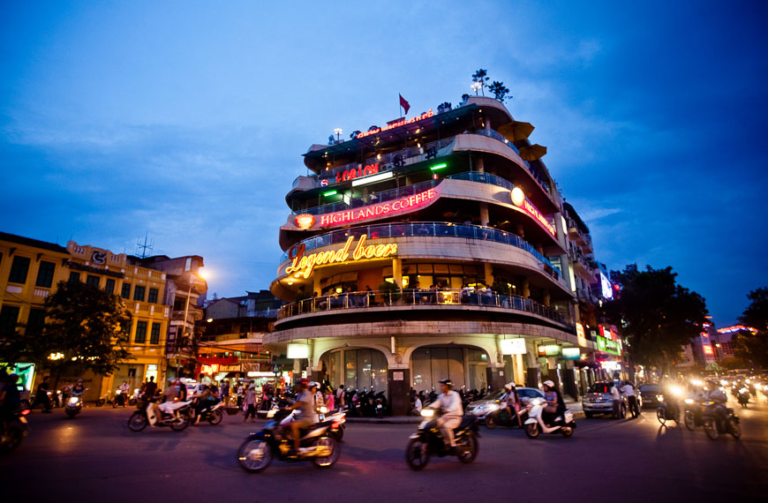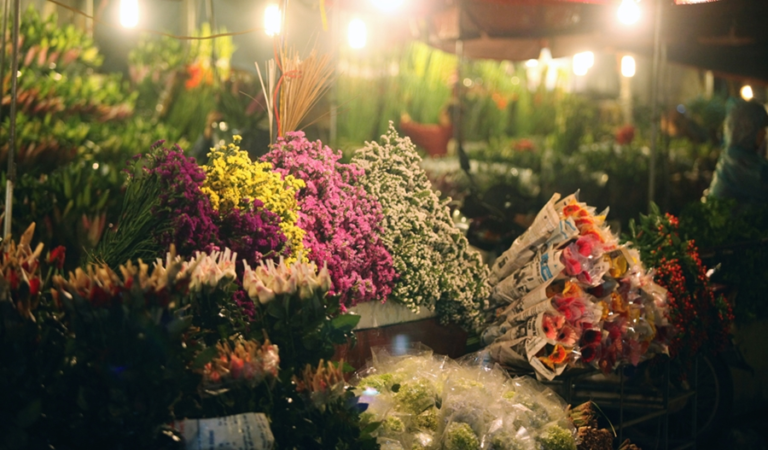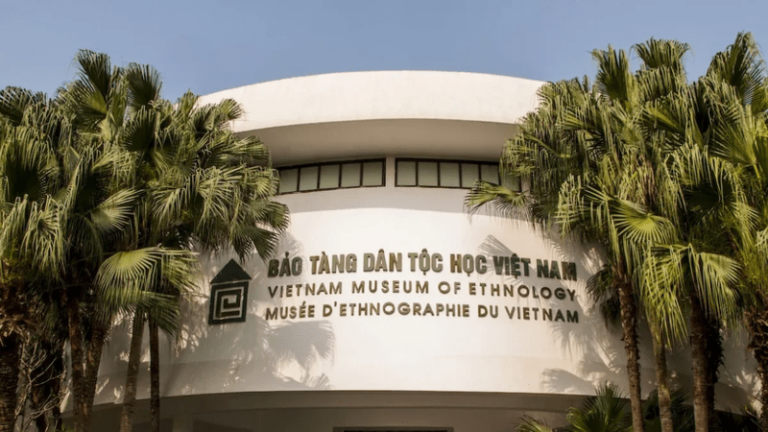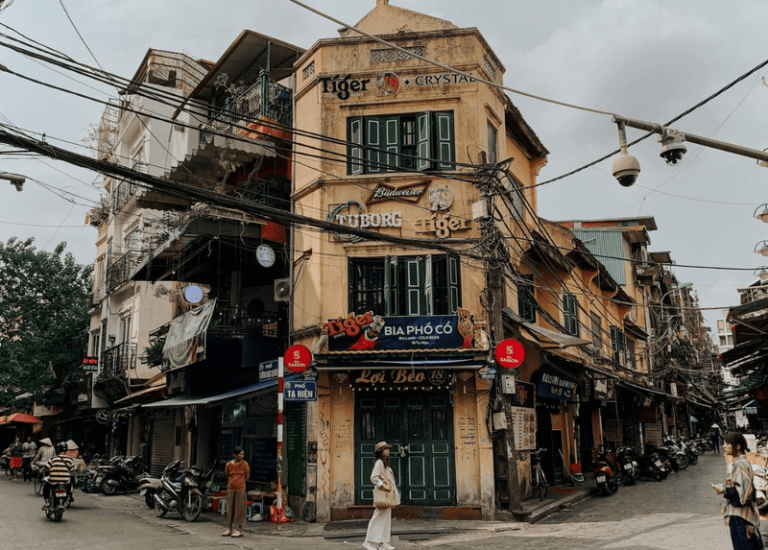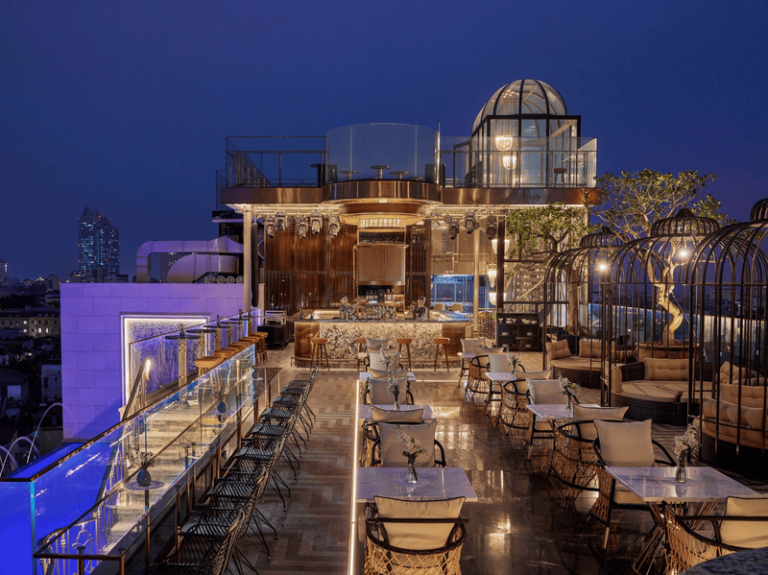Vietnam History Museum in Ho Chi Minh city is 90 years old, built by the French, with Asian and Western architecture. This is the first museum in Saigon and the whole of South Vietnam. In 1954, when the French withdrew, the museum changed its name to the National Museum and use its current name after 1975.
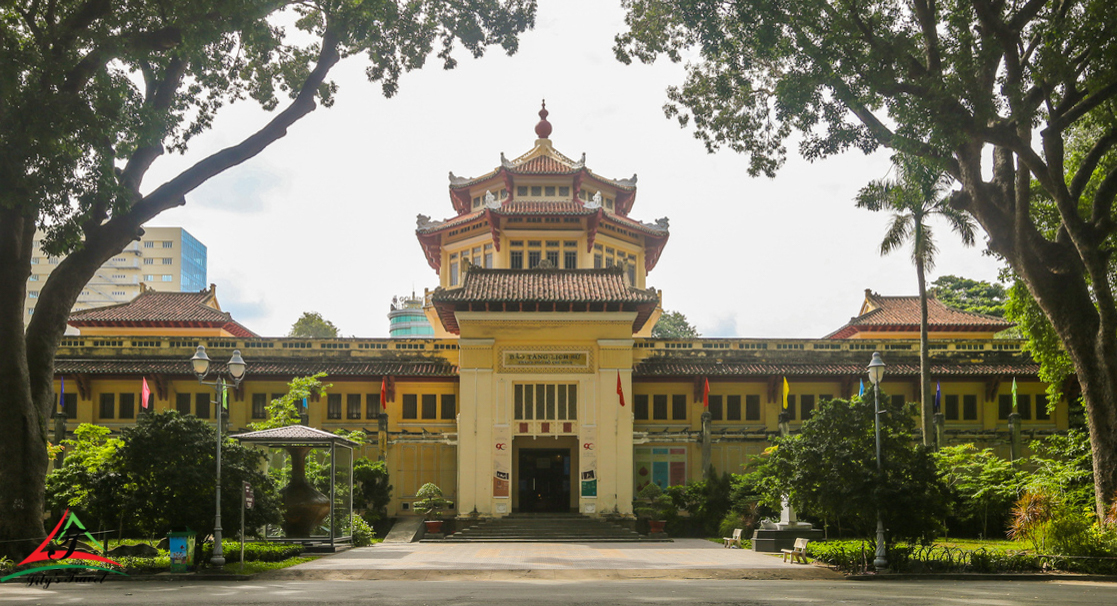
Location
Vietnam History Museum in Ho Chi Minh City is located at 2 Nguyen Binh Khiem Street, District 1. This is a unique architectural museum that you should visit when traveling to Saigon.
History of the Museum
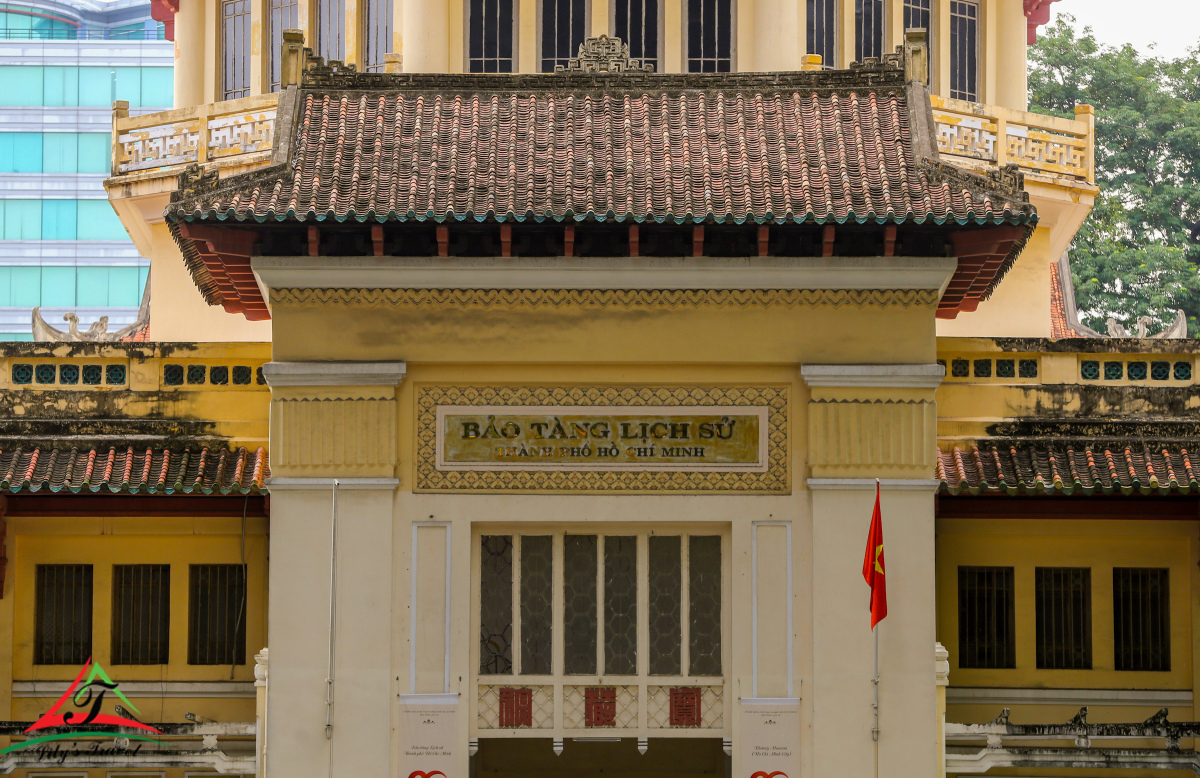
The history of the museum can be summarized as follows:
– On June 17, 1927: after antiquities collector Holbé died and left many valuable artifacts, the Indochina Research Association bought back the above antiques to keep and preserve. However, because there was no place to display it, the Association asked the Cochinchina government to allow the construction of a museum and give priority to the Association for one room as its headquarters.
– On November 28, 1927: the Governor of Cochinchina signed a decree to build a museum called Blanchard de la Brosse.
– From 1926 to 1928: This museum was designed by French architect Delaval and implemented by contractor Etablissements Lamorte Saigon. At the first time, the building would be used as the Mexican Exhibition Institute but in the end, it is decided to do the Blanchard de la Brosse Museum.
– On June 8, 1928: the secretary of the Indochinese Studies Association, Jean Bouchot was appointed as the first Curator of the Museum.
– On January 1, 1929: the Cochinchina government solemnly inaugurated the Blanchard de la Brosse Museum.
– After completion, the museum was under the direct control of the Cochinchina government and The Institute of the Far East. After 1945, the Blanchard de la Brosse museum changed its name several times. Specifically:
– On October 20, 1945: the museum was renamed Gia Dinh Museum
– On May 16, 1956, the museum changed its name to Vietnam National Museum
– On August 26, 1979, the museum changed its name to Ho Chi Minh City History Museum
– Finally, It was later changed to Vietnam History Museum – Ho Chi Minh City and this name are used until now.
Read more: Saigon Central Post Office: The way to explore Ho Chi Minh Post Office in a different way
The architecture of the museum

The museum’s 2 buildings are built in the ancient and modern Indochinese style.
Ancient architecture
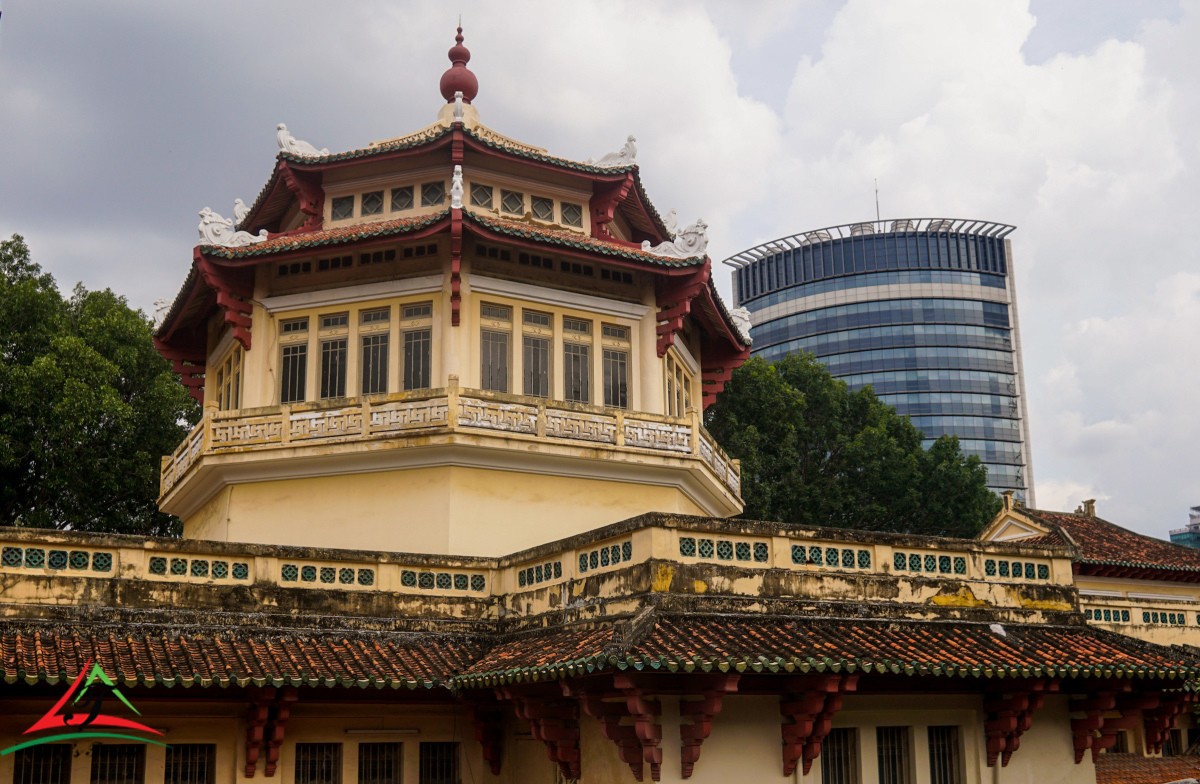
The previous building used to be the old Blanchard de la Brosse Museum, with ancient architecture. The building has a length of 70m, a width of 30m and the total usable area is 2,100m2. The overall building consists of an octagonal tower block in the middle and two rows of houses on both sides that are symmetrically located.
The decorative patterns used in the museum’s architecture are made of many different materials such as wood, iron, cement…
The patterns printed on these materials are very popular and similar to many architectural works. contemporary ancient architecture. These patterns have also shown the cultural interference between Vietnam and France, contributing to the museum’s architecture with Asian features but also very Western.
Innovative Indochinese style

The following building, designed by architect Nguyen Ba Lang, was built next to the previous building. This building is U-shaped with an area of 1,000m2, designed in harmony and landscape treatment to suit the ancient architecture of the previous building.
In general, the architecture of the work has designs suitable for the function of a museum such as a high foundation, thick walls to resist moisture and good bearing; High ceilings with windows close to the roof to take advantage of natural light to illuminate the rooms…
The Museum of History – Ho Chi Minh City is a unique architectural construction, well worth a visit when traveling to Saigon.
Read more: Cu Chi Tunnels: The underground labyrinth
Impressive collection

According to the Museum’s Director, visitors “Just 365 steps around the museum, visitors can go through thousands of years of Vietnamese history, learn about the cultural characteristics of the region. Southern land through a system of permanent and special thematic galleries. The collection selected from over 43,000 documents and artifacts of the Museum, including 11 national treasures introduced in the galleries, will be invaluable gifts of historical and cultural knowledge.
History of Vietnam from Prehistory to Nguyen Dynasty: Primitive Period (about 500,000 years ago – 2879 BC), Hung King’s Period (2879 BC – 179 BC), Northern Domination – Struggle regain independence (179 BC – 938), Ngo – Dinh – Former Le – Ly Dynasty (939 – 1225), Tran – Ho Dynasty (1226 – 1407), Early Le – Mac Dynasty, Trinh & Nguyen Lord (1428) – 1788), Tay Son Dynasty (1771 – 1802), Nguyen Dynasty (1802 – 1945)
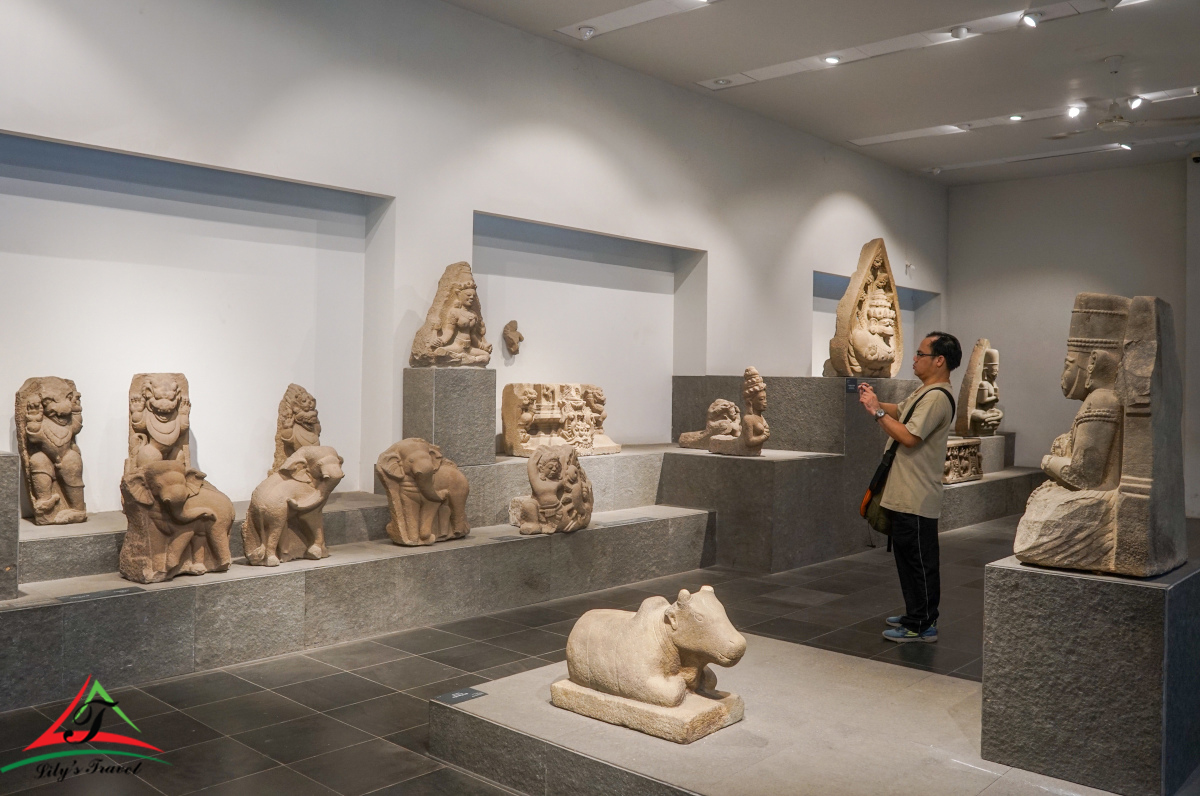
Topics on the culture of the South of Vietnam and some Asian countries: Champa culture (2nd – 17th centuries), Oc Eo culture (1st – 7th centuries), Cambodian stone sculpture (9th – 13th centuries), Duong Ha Collection, Ancient Pottery of some Asian countries, Mummy Xom Cai City. Ho Chi Minh City (19th century), Vuong Hong Sen Collection, Cultures of the South Vietnamese ethnic groups, Buddhist statues of some Asian countries, Outdoor display, Cannons, cannons (18th – 20th century) 19), Short-term exhibition, Oc Eo jewelry, Xtieng ethnic culture.
Currently, along with economic development, Ho Chi Minh City is developing fast with a series of infrastructure construction, residential areas, urban areas and industrial parks. The history museum of Ho Chi Minh City is a place to preserve images and paradigms about the development of the city. In addition, the museum also helps visitors and residents to experience and learn about topics on the history of architecture and urban planning.

Find out more about Ho Chi Minh city tours here
The best center Vietnam tour


